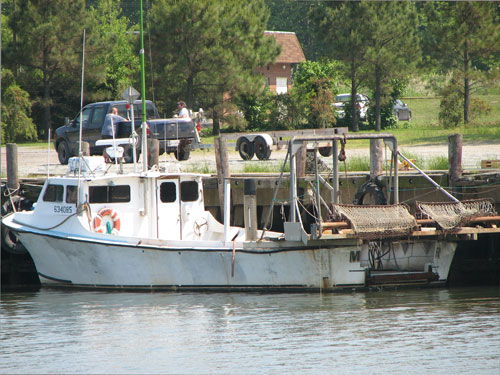


Therefore, annual juvenile abundance is largely driven by environmental factors. After spawning at the mouth of the Chesapeake Bay, young crabs develop in the ocean over the continental shelf and rely on winds and currents to be transported back into the Bay where they settle and grow. Additionally, the results showed there were 39 million adult male crabs, below the long-term average of 77 million.Īlthough the specific cause of this year’s low abundance of age-0 crabs cannot be identified, large variations in annual juvenile recruitment to the Chesapeake Bay are normal for blue crabs. The number of juvenile crabs in 2021 was 86 million, which is the lowest recorded juvenile abundance since the start of the survey. The total abundance of blue crab in the Chesapeake Bay in 2021 was 282 million crabs, a below average total for the 32 years of survey results, which is largely attributed to low juvenile abundance. This year, the number of spawning age females estimated to be in the Bay is well above the updated threshold of 72.5 million, but slightly below the updated target of 196 million. Recently scientists reevaluated the healthy range of spawning age female abundance through a stock assessment analysis and updated the target and threshold spawning age female abundance estimates.

Scientists and managers use target and threshold abundance estimates to establish a healthy level of spawning age female abundance based on available historical information.

“We are pleased to report that the cooperative management efforts of our Chesapeake Bay jurisdictions have continued to conserve female crabs within a healthy range.” “Protecting spawning age females is a critical component to maintaining a healthy and sustainable blue crab population,” Maryland Department of Natural Resources Secretary Jeannie Haddaway-Riccio said. This year’s survey estimate is above the long-term average of 126 million spawning age female crabs. The 2021 results showed that the spawning age female abundance increased from 141 million spawning age female crabs in 2020 to 158 million spawning age female crabs. The Maryland Department of Natural Resources (DNR) announced the results of the 2021 Blue Crab Winter Dredge Survey, a cooperative effort with the Virginia Institute of Marine Science, which annually estimates the number of blue crabs in the Chesapeake Bay. Recruitment Down but Spawning Stock Remains at Above Average Levels


 0 kommentar(er)
0 kommentar(er)
